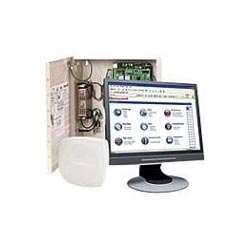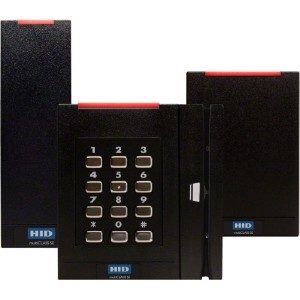About Access Control Systems.
Access Control System is a process of combining multiple electronic devices that identify, oversee, and regulates who can access a specific location.
The system operates through a three-stage process that includes:
· Authentication of identity of a person entering the premises using passwords, fingerprint sensors, smart cards, and other technologies;
· Authorization of entrance to a person after his/her identity has been confirmed.
· Recording Identification of all individuals entering the premises;
Advantages of using an Access Control System· Oversight
By using Access System, you can effectively oversee all persons entering and exiting a location.
· Privileged entry
You can authorize or ban entry to a specific location within your premises to any person based on his/her role.
· Intrusion detection and prevention
Access Controls Systems prevent unauthorized entry to a location and alert when such an attempt takes place.
· Reliability
The system works 24/7 all year long.
Types of Access Systems
· Discretionary Access Control (DAC)
The DAC mechanism works by giving access to a location only to a certain number of designated individuals. The person giving access privileges has discretionary power to determine who will be granted access. One of the ways to do this is using Access Control Lists (ACL).
· Mandatory Access Control (MAC)
MAC determines the right to access based on the security classifica

tion of all staff and resources. The system itself decides who can access which resources.
· Role-Based Control Technology (RBCT)
When using RBCT, the system decides which subjects can access specific locations and resources based on their organization’s role. It means selective access right to top-priority resources and locations only for selected individuals.
We provide the Support for:
Kerisys, Honeywell, Keyscan
